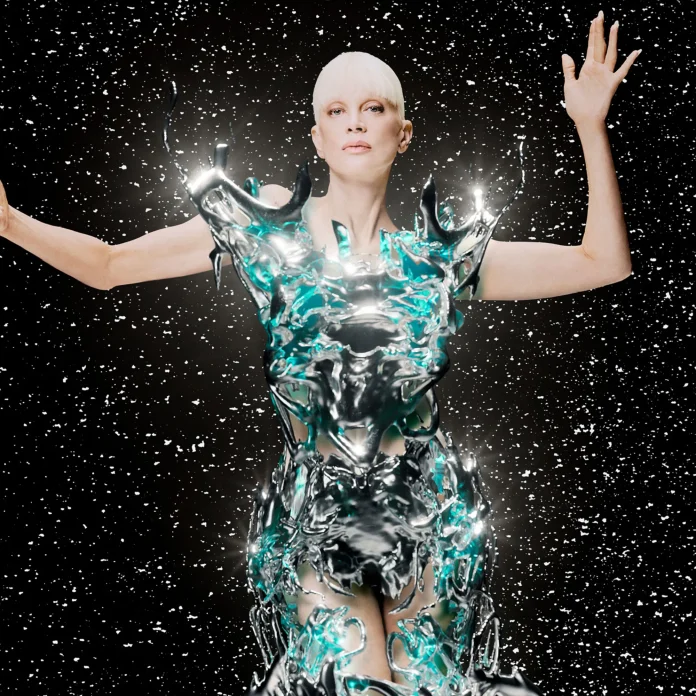Digital fashion is not just a fleeting trend but a transformative shift in how we conceptualize clothing and personal expression. Leveraging technology, digital fashion offers a platform for creativity, sustainability, and inclusivity in ways traditional fashion cannot.
What is Digital Fashion?
Digital fashion refers to garments designed and rendered for virtual spaces. Unlike traditional clothing, digital outfits exist only as 3D files and are “worn” through augmented reality or edited onto photos and videos. These virtual garments are particularly popular on platforms like Instagram and within metaverse environments such as Decentraland and Roblox. The use of cutting-edge technologies, like AI and blockchain, has also enabled the creation of NFTs (non-fungible tokens) tied to exclusive digital fashion items.
Benefits of Digital Fashion
- Sustainability
With no need for physical production, digital fashion eliminates waste, reduces the carbon footprint of manufacturing, and bypasses the ethical concerns surrounding fast fashion. For eco-conscious consumers, it represents a step towards a cleaner, greener fashion industry. - Affordability
Digital garments can offer access to luxury fashion at a fraction of the cost of physical counterparts. Shoppers can own high-fashion designs tailored for social media for much less than a custom outfit. - Innovation
Without the constraints of fabric, physics, or logistics, designers have complete freedom to experiment. Gravity-defying dresses, garments that change shape or color, and futuristic aesthetics are all possible in the digital realm. This freedom opens up endless creative possibilities, fostering innovation across the industry. - Consumer Interaction
Digital try-ons and virtual wardrobes are reshaping the shopping experience. Augmented reality apps let users “wear” clothing digitally before purchase, enhancing engagement while reducing return rates.
The Road Ahead
As the metaverse evolves, digital fashion will play a pivotal role in defining identity and style within virtual environments. Major brands like Gucci, Balenciaga, and Dolce & Gabbana have already embraced the digital realm, releasing exclusive collections and collaborating with tech platforms. The future will likely see more seamless integration between virtual and real-world fashion.
